By: Jasmine Gutz
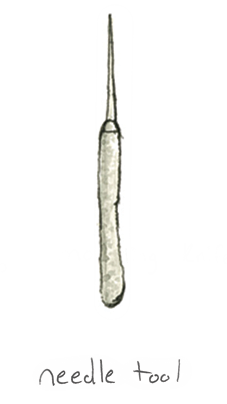
Pottery is a journey of transformation through touch. It’s about embracing imperfection and creating something that tells a unique story. The creative process is the focus — each curve and texture reflects the craftsmanship and individuality of the artist. From the Earth itself to the canvas board, turning a simple block of clay into a meaningful piece is an act of connection. With its malleable nature, clay responds to the creator’s touch, evolving with every movement and decision.
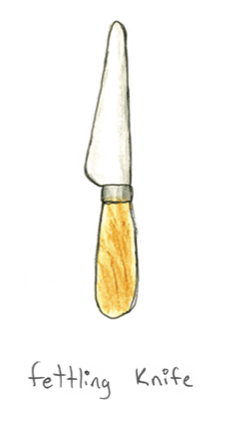
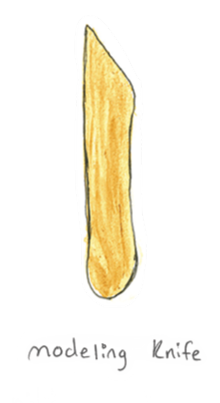
To begin a pottery project, the clay needs to be prepped. On a canvas board, knead the clay to work out any air bubbles. Then, the fun begins — you can create anything you desire. As you pinch and pull, the clay takes on new forms. Your hands guide the process, either tearing the clay apart or building it up. A bit of water mixed with clay forms a paste called slip, which helps bond the pieces together. Before attaching two pieces, gently score both surfaces with a tool to create texture, allowing the slip to grip and hold them securely. As you work, the clay will gradually dry and may crack or form wrinkles. A damp sponge can help smooth things over. When the shape is right, allow it to dry before carving any details.

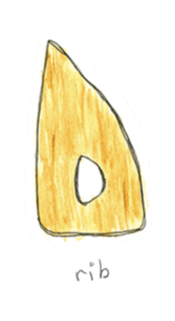
Once your piece is bone-dry, it’s ready for firing. Imperfections are inevitable — clay can shrink, crack or even explode in the kiln. Moisture is usually the main cause of explosions, so make sure the clay is fully dry before firing. If you’re working with hollow forms, remember to create a hole or vent to allow steam to escape. Air bubbles in the clay can also serve as weak points. Sometimes, it’s necessary to start over at any point in the process, and that’s okay. It’s important to embrace these mistakes as opportunities to learn and grow. Don’t be afraid to smush a project and try again.

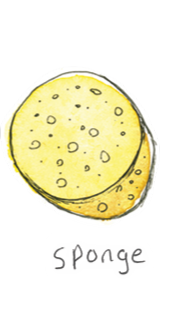
Pottery is about the journey of creation. It’s a timeless art that blends function, creativity and imperfection. While this focuses on kiln-fired pottery, the same principles apply to air-dried or oven-baked clay. The true hidden beauty of clay lies in the fact that there is a history behind each piece of pottery. While fingerprints may have been cleared from the surface, every design choice tells the story of the hands that shaped it.
Illustrations by Jasmine Gutz
